It’s a blooming time of year! Chris says I should write about something other than flowers, but I say you can never have too many flowers. (I guess Kanye and I have something in common.) They are all so unique and lovely though, and the intent of this blog is to share the Beauty of Nature. The other thing I love is the color blue–and I would also say you can never have too much blue. This statement is reflected in my closet, much to the chagrin of my daughters. So blue flowers are extra special for me. It is said that a true blue flower is hard to find in nature–that most are shades of purple or lavender. According to Wikipedia, the blue flower is a symbol for inspiration, desire, love, hope, and the beauty of things. No wonder I like them–and no wonder they are hard to find.
Cultivated varieties have expanded the selection of blue flowers, and my tour of our garden blues include some of those. I would have to say that my favorite blue flower is Perennial Blue Flax–Linum perenne. It was introduced to the US from Eurasia. A comparable native flax is Linum lewisii, named after Meriwether Lewis after he discovered and documented it on his travels. Perennial Blue Flax blooms early and for a number of weeks–each flower lasts only a day before the petals fall, creating a carpet of blue ‘snow’ around the plants. It reminds me of the fields of flax that were grown in eastern South Dakota–acres and acres of blue flowering plants that ripened to a rich brown with round-headed seed pods and shiny, dark brown seeds. The straw was harvested for producing the fibers to make linen, the seeds to produce flaxseed or linseed oil. This multi-purpose plant is a beautiful ornamental flower for the garden.
One of the earliest blue-blooming flowers in our garden is Lungwort (Pulmonaria species). It’s a shade lover and has interesting spotted leaves.
Jacob’s Ladder (Polemonium species) is another early blooming shade perennial. This variegated plant produces light blue/lavender flowers.
Ajuga or bugleweed is an attractive, colorful groundcover that does best in partial or light shade. But it is very adaptable, so tolerates full sun and full shade. The blue flowers are a sidenote to the foliage but very desirable to the bumblebees.
Brunnera or Bugloss is another shade-loving perennial. It has large heart-shaped leaves and tiny, delicate sprays of blue flowers.
Lupines have showy spikes of color–the best known is probably the native blue species. Many hybrids can be found in most any color. Texas bluebonnet, the State flower of Texas, is a type of Lupine. This member of the pea family has palm-like foliage.
Perennial Salvia, a sage that loves sunlight, is a long-blooming, hardy plant that will re-bloom after the first flowering is cut back. The purple-blue spike flowers look great with coreopsis, yellow iris, and yellow daylilies.
I have mentioned Spiderwort in my post about The Woods–how it has populated itself after we removed the buckthorn. It has grassy-looking leaves and flowers that only last a day before dropping off.
Mountain bluet (Centaurea montana) is a perennial cornflower that is drought tolerant and likes full sun or partial shade. It has spidery flowers and lance-shaped leaves.
Amsonia or Bluestar is a compact, understated perennial with true blue clusters of tiny flowers. The foliage turns a bright yellow in fall.
We all get the blues at times in our lives–even cowgirls get the blues sometimes. (I have more in common with Emmylou.) We can sing the blues, feel bad for a while, figure out why, then move on to the next thing. These blue flowers should inspire you towards love, beauty, and hope.
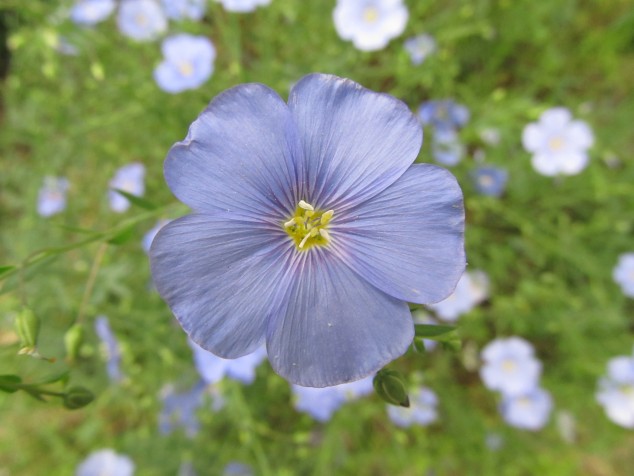
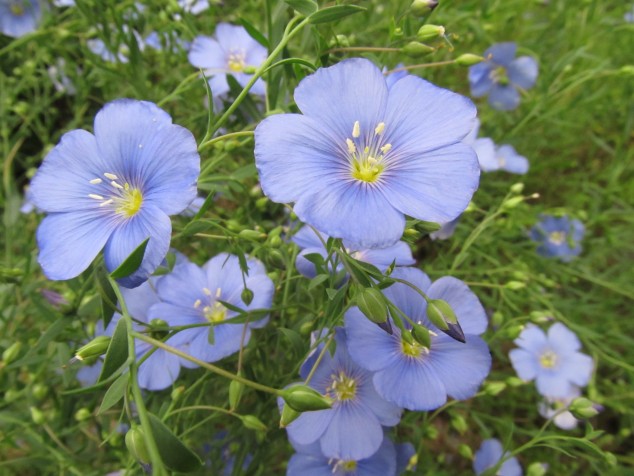
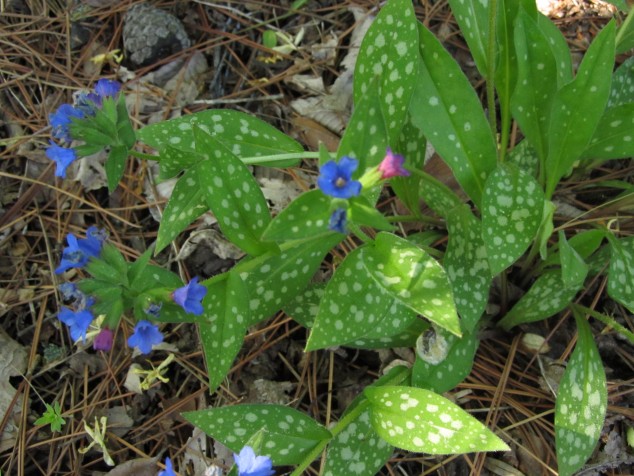
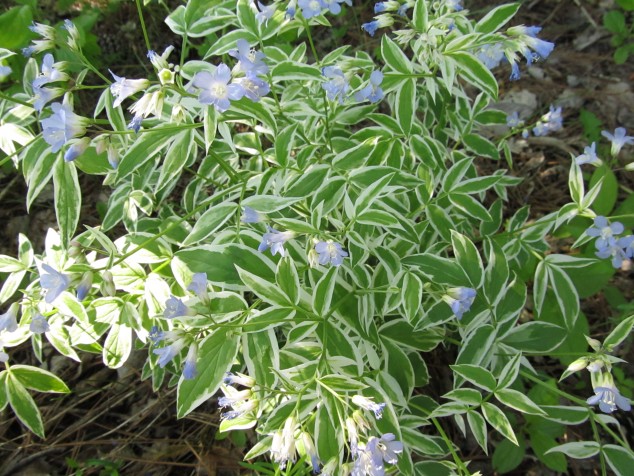
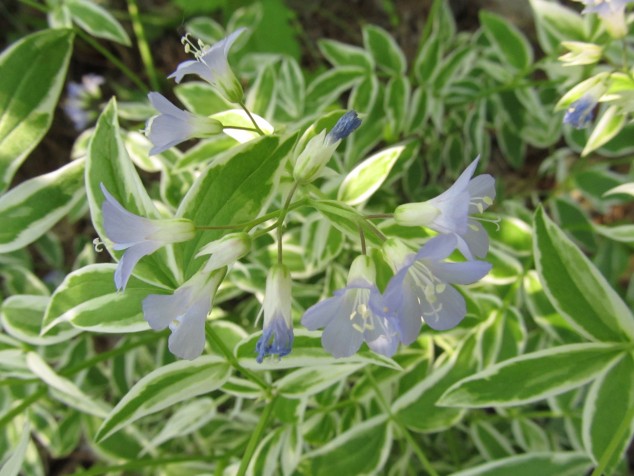
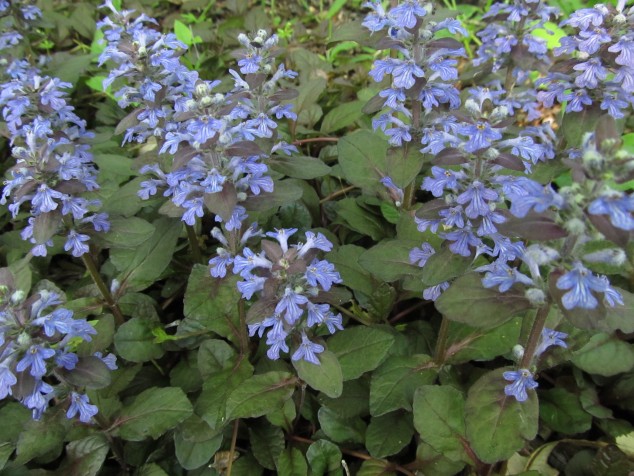
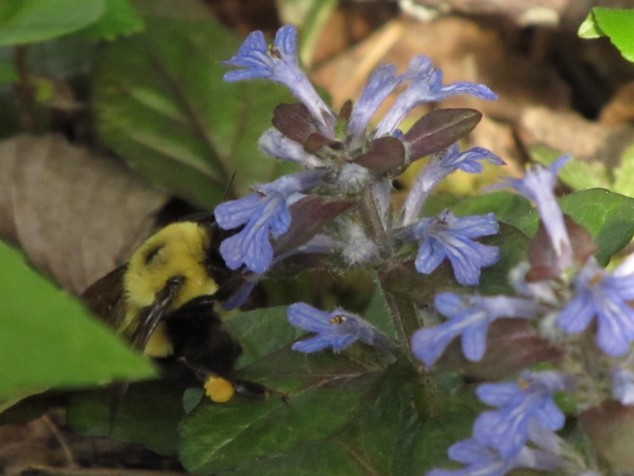
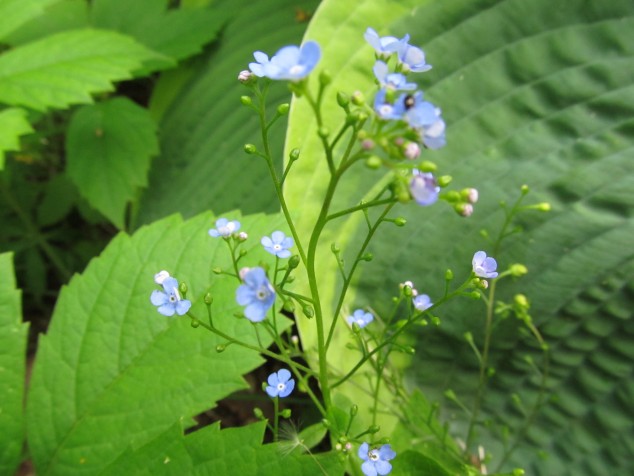
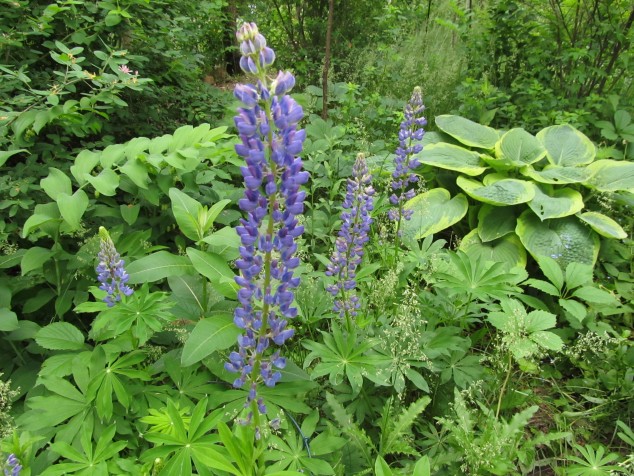
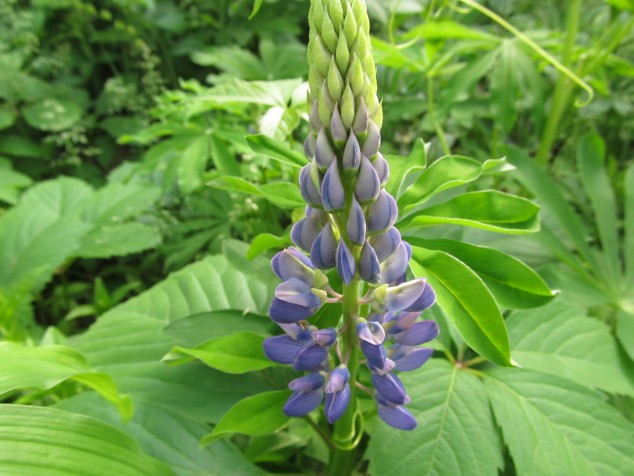
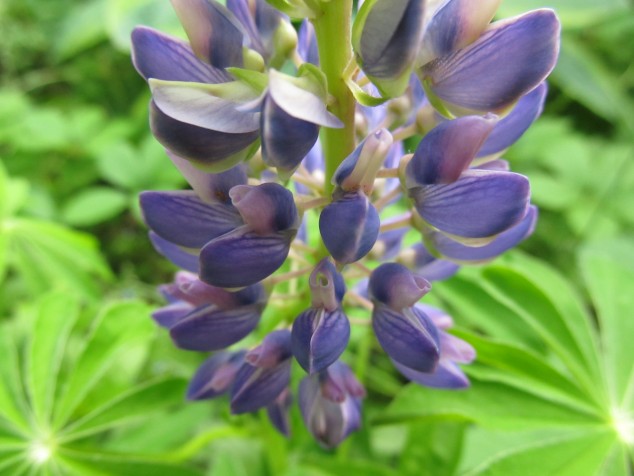

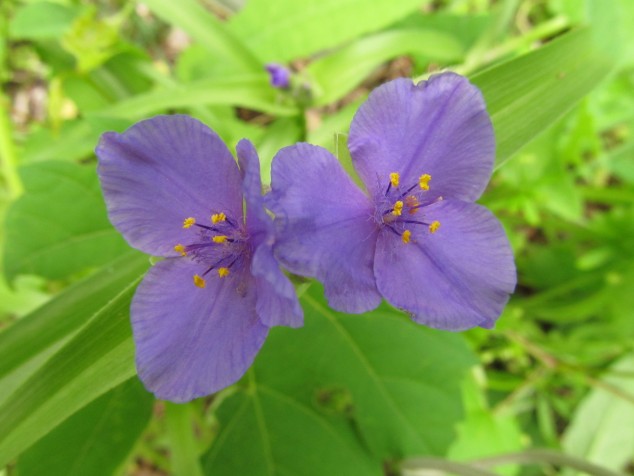
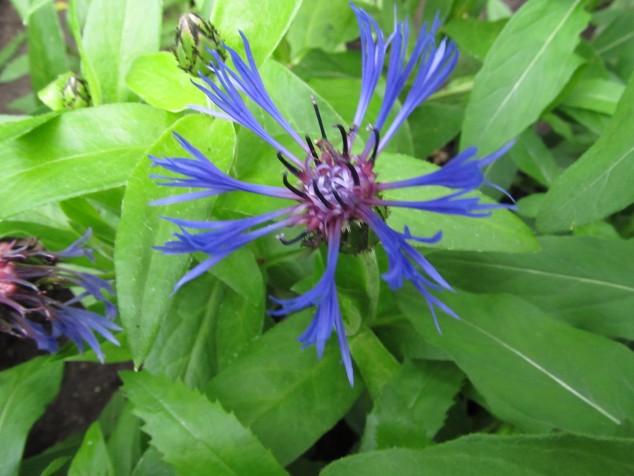
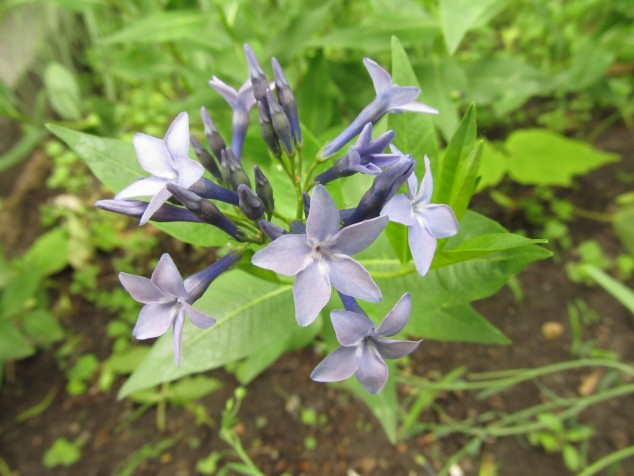
Very provocative and well-written piece………….and great photos.
Thank you, Jesse. Thanks for reading!